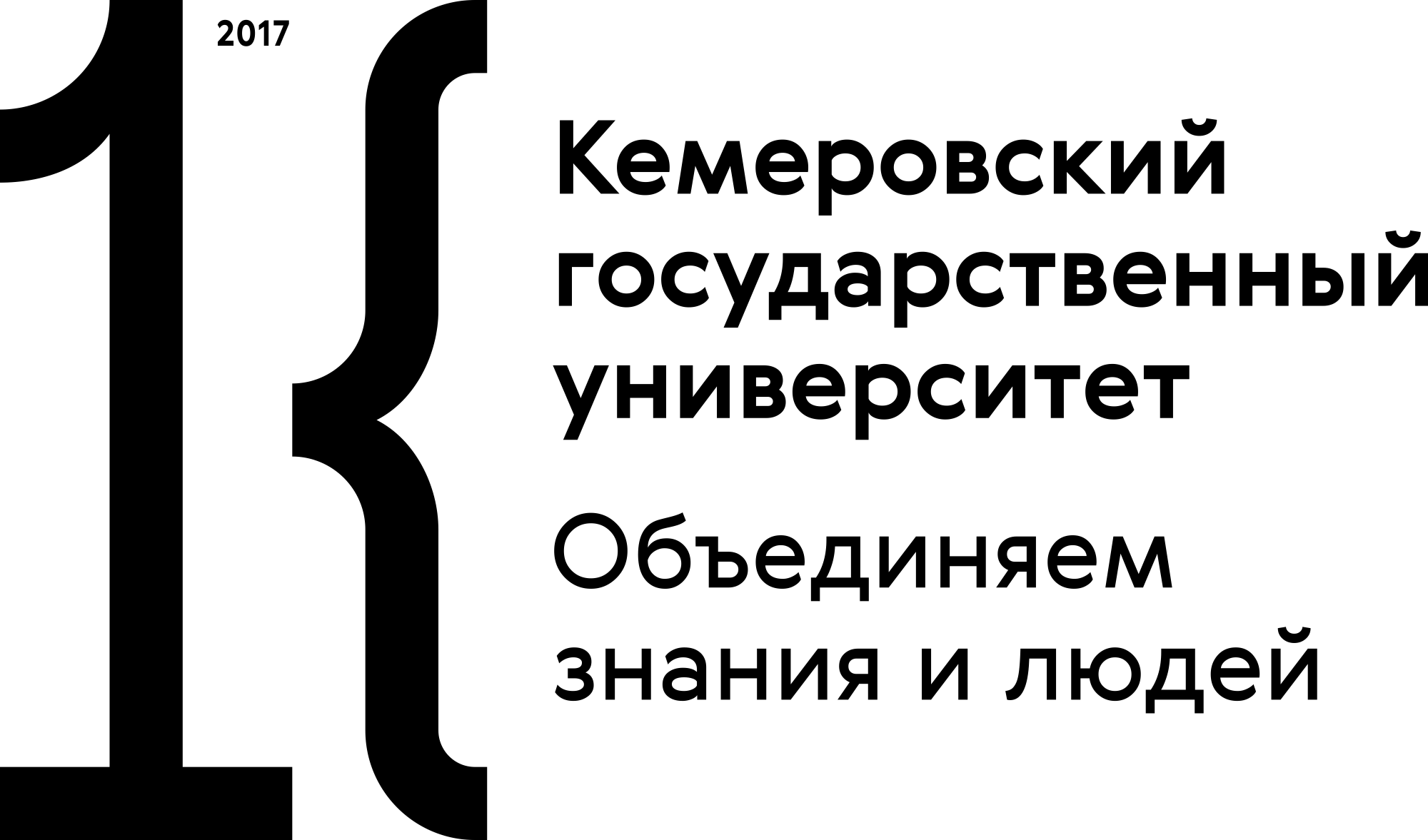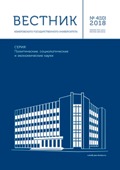Kemerovo, Russian Federation
Moskva, Russian Federation
Sankt-Peterburg, Russian Federation
Kemerovo, Russian Federation
UDC 65
The paper features the condition of domestic and foreign markets of nonalcoholic beverages. The authors investigate the physiological value of soft drinks not only as products that satisfy the water requirements but also as a source of biologically active agents. The research defines segments and subsegments of the soft drinks market. The article introduces the data on the industrial and trade product range (2010–2016). The authors give various reasons of decrease in the demand for particular types of production (tonics), enumerate the main market leaders, describe the regional structure of production in various Federal districts, and analyze statistical data on volumes of domestic production and import of soft drinks. They also define the problems and the perspectives of the market of soft drinks.
soft drinks of domestic production, export, import, structure of the range, development tendency, demand, consumption
1. Konovalov D. V. Vliianie konkurentnoi sredy na rynke bezalkogolʹnykh napitkov na strategicheskoe razvitie predpriiatii [Impact of competitive environment on the strategic development of enterprises in the soft drinks market]. Vestnik Saratovskogo gosudarstvennogo sotsialʹno-ekonomicheskogo universiteta =// Bulletin of Saratov Socio-Economic Institute, no. 3 (2013): 173-176.
2. Stanovov A. N. Regulirovanie deiatelʹnosti transnatsionalʹnykh korporatsii na rossiiskom rynke bezalkogolʹnykh napitkov. Avtoref. diss. kand. ekon. nauk [Regulation of the activities of transnational corporations in the Russian market of non-alcoholic beverages. Cand. Econ. Sci. Diss. Abstr.]. Moscow, 2006.
3. Yampolʹskaya D. O., Chernova V. Yu. Analiz konkurentnoi situatsii na rossiiskom rynke bezalkogolʹnykh prokhladitelʹnykh napitkov [Analysis of the competitive situation in the Russian market of soft drinks]. Gumanitarnye, sotsialʹno-ekonomicheskie i obshchestvennye nauki = Humanitarian, socio-economic and social sciences, no. 12-3 (2014): 132-151.

















